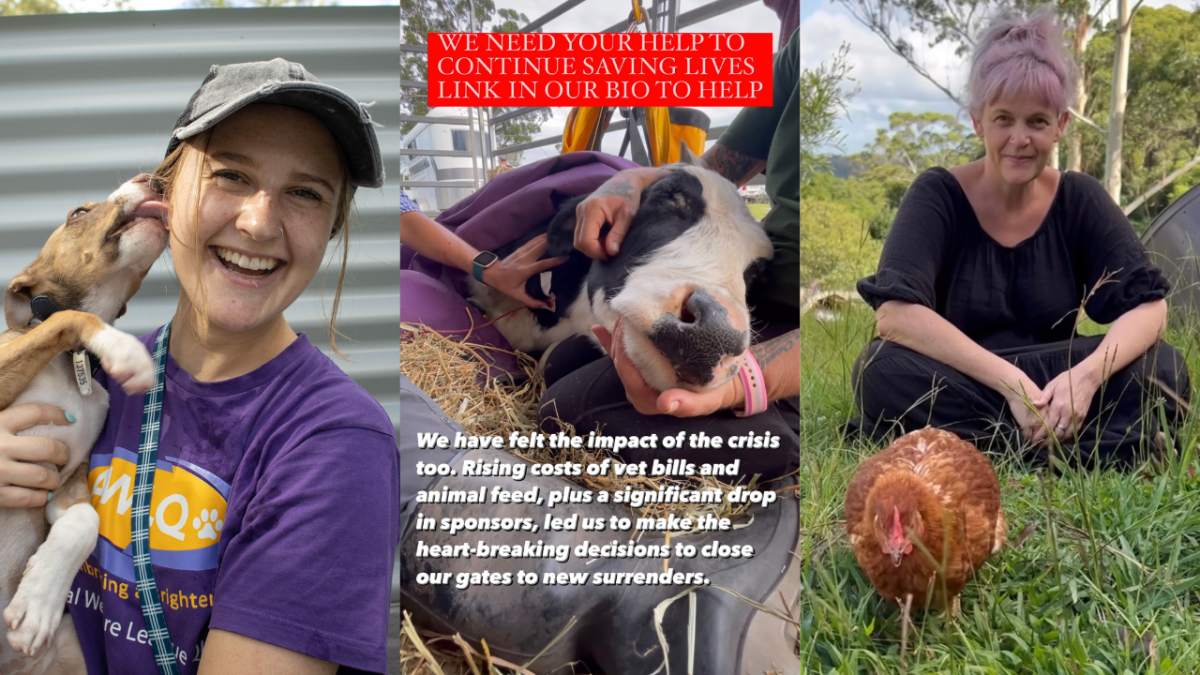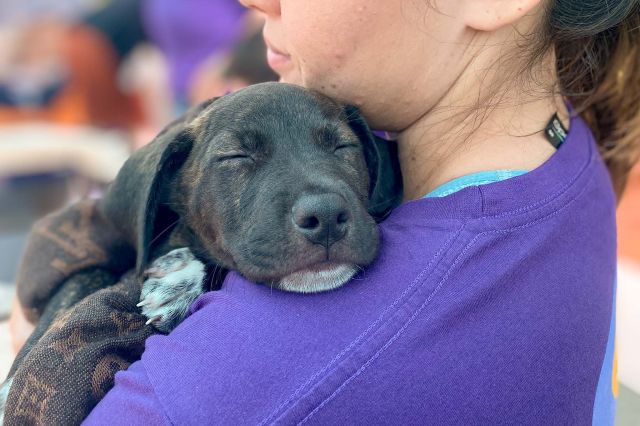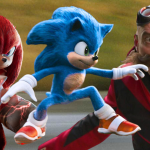
When Instagram updated our feeds in 2019 to prioritise reels and in-app shopping, and again in 2022 to give us paid influencer subscriptions, creators accused the social media giant of killing their engagement.
Propelling the term “shadow banned” into the vernacular of many a social media influencer, it appeared Instagram was renovating the network from a photo-sharing app to a social marketplace where sponsored content, pay-to-view, and short form video content would dominate.
The app has become so hard to wrangle for engagement that Forbes, Hootsuite and the BBC have published step-by-step guides on how to “unhide posts” and “beat the algorithm”, but it’s hard to feel sorry for a few less views on yet another influencer SHEIN haul. After all, there’s a climate to worry about.
But what about the good guys on Instagram, like the activists and the educators whose posts have been buried deep beneath the influx of reels and sponsored content? What about charities?
Founder and operator of Queensland farm animal sanctuary Happily Heifer After Michelle Dransfield claims Instagram’s pivot away from being just a photo-sharing app has killed off donations, leaving her team forced to turn away new rescues due to a lack of financial support.
Dransfield suggests the algorithm has changed the sanctuaries audience impressions so much that fundraising has become even harder than it already was.
In an emotional Instagram Story posted to the Happily Heifer After Instagram account to launch a time critical $50,000 fundraising campaign, Dransfield said she suspected Instagram “seemed to be hiding” the sanctuaries posts because their reach had significantly dropped.
“We’ve got medical bills for a lot of our rescued animals, and we really need help, or at least help sharing our posts so people can actually see them,” she said.
The fight to keep their digital donorship afloat is a similar story for B Starbright, founder and president of animal sanctuary The Owl and The Pussycat: a 130-acre animal rescue operating out of the Byron hinterland.
Starbright said their Instagram account’s sudden lack of traction has meant less financial support and more pressure on the family business to prop up the sanctuary against its mounting costs, including servicing the sanctuary’s massive mortgage and paying out of pocket costs for the animals’ veterinary care.
“We’ve got 70 plus rescue animals, all with medical bills, and we’ve lost probably 80 per cent of our donations,” they said.
They reckon the prioritisation of reels and in-app shopping is what has caused the rescue to lose hundreds of Instagram followers. For the sanctuary, that’s a potential loss of hundreds of essential donations.
Starbright says spending more time on video content diverts time and money away from their sanctuary tasks.
Creating reels and paying for in-app post promotion is a whole marketing position to be created, ultimately costing more money, “but it seems if we don’t change with Instagram then it leads to unfollows, and who unfollows an animal sanctuary?”
Instagram’s own stats put the app’s user base at roughly 2 billion people every month, but audiences aren’t only seeing static photo posts from friends and public figures anymore.
According to Forbes, every month “130 million people now engage with a shoppable post”. HubSpot found that Instagram engagement on picture posts has decreased by 44% since the 2019 introduction of reels, making video content the most consumed on the app.
Do creators who don’t have time to make reels, or who don’t monetise their accounts with sponsored content, risk being left behind?
Animal Welfare League, an animal shelter and rehoming centre operating for more than 60 years in Queensland, believes the evolution of Instagram from a photo-sharing app to a shoppable marketplace has caused a “sudden drop” in their impressions and engagement.

AWLQ spokesperson Craig Montgomery said the shelter recorded a decline of 18.4 per cent in Instagram post engagement across 2022, saying most of their adoption interest was coming from rival social network Facebook (though both are owned my Meta).
Despite investing more time into video creation and seeing some improvement to their engagement because after the shelter adopted some of Instagram’s new content strategies, Montgomery said Instagram reach was “still not at the levels we saw in 2021”.
For others, evolving with Instagram’s changes just isn’t a realistic option.
For Starbright’s The Owl and the Pussycat, hiring a social media manager is not yet a possibility.
“We’re stretched pretty thin, and we don’t have funds to employ someone to help us with this,” they said.
When asked what might happen if a sanctuary that relied mostly on support from its social media community continued to lose that platform on Instagram, Starbright said, “I guess, yeah, they’d probably have to close.”
PEDESTRIAN.TV has reached out to Instagram for comment.
Ellie Sursara is a wildlife biologist, freelance journalist and higher degree by research candidate exploring our capacity for environmentalism at the University of Queensland. You can find her on Instagram @biologist.ellie.



